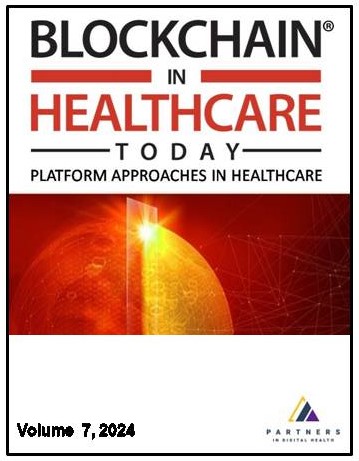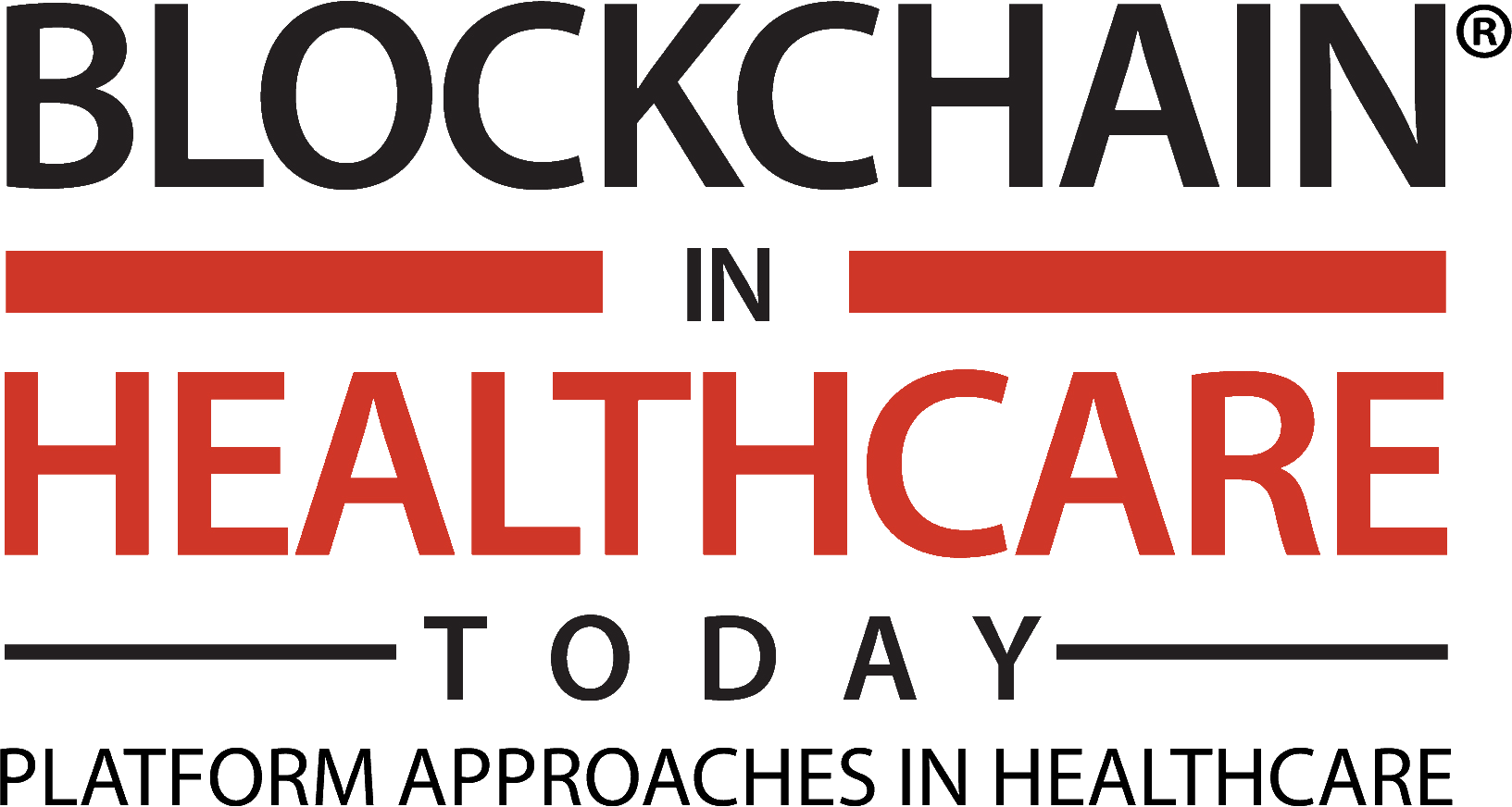
More articles from Volume 7, Issue 3, 2024
Tracing the Blockchain Challenges in Healthcare: A Topic Modeling and Bibliometric Analysis
Leveraging Blockchain and AI for Pharma Supply Chain Efficiency
Systematic Review of Usability Factors, Models, and Frameworks with Blockchain Integration for Secure Mobile Health (mHealth) Applications
A Secure and Reliable Fog-Enabled Architecture Using Blockchain With Functional Biased Elliptic Curve Cryptography Algorithm for Healthcare Services
Ethics of Blockchain by Design: Guiding a Responsible Future for Healthcare Innovation
Article views
Healthcare Futures: Opportunities, Challenges and Risks in a Blockchain-Driven Environment
 ,
,
Center for Medicine in the Public Interest , New York , United States
Center for Medicine in the Public Interest , New York , United States
University of Paris School of Medicine , Paris , France
Former FDA Associate Commissioner, and United States Senior Executive Service member , Washington, DC , United States

Sigla Sciences, Incline Village , Nevada , United States
The integration of blockchain technology and smart contracts presents a transformative opportunity in healthcare financing by enabling the creation and trading of futures contracts based on the value of medical innovations. Traditional financial mechanisms struggle to capture the downstream savings generated by new therapies, particularly as insurers and health systems face the challenge of managing short-term costs while realizing long-term health benefits. Blockchain’s decentralized, transparent, and tamper-proof infrastructure offers a solution by providing reliable data that tracks health outcomes, cost savings, and patient behavior in real-time.
This paper explores how a blockchain-governed healthcare marketplace can facilitate the trading of Health Impact Futures (HIF) contracts that allow stakeholders—such as self-insured health plans, insurers, biotech firms, and speculators—to hedge risks, capture savings, and invest in medical innovations. By leveraging smart contracts, which automate transactions and ensure trust through pre-defined algorithms, the platform offers a seamless and secure environment for managing complex healthcare data and financial instruments. The introduction of health cost indices, anchored in reliable blockchain-verified data, allows for accurate pricing and risk management, promoting liquidity and market efficiency.
Additionally, tokenization of health savings enables insurers to capture the economic value of improved health outcomes, even when patients switch health plans. This approach not only ensures the continuity of value but also introduces a new financial layer that reflects the real-world impact of medical innovations. By using structured notes and algorithm-driven health indices, market participants can dynamically hedge against fluctuations in healthcare costs while aligning incentives across the healthcare value chain. The paper concludes by addressing the technological, regulatory, and data integrity challenges associated with developing a blockchain-based futures market for healthcare and proposes a roadmap for overcoming these barriers to unlock the full potential of this innovation.
Keywords
References
Citation
Copyright
This is an open access article distributed under the Creative Commons Attribution License which permits unrestricted use, distribution, and reproduction in any medium, provided the original work is properly cited.
Article metrics
The statements, opinions and data contained in the journal are solely those of the individual authors and contributors and not of the publisher and the editor(s). We stay neutral with regard to jurisdictional claims in published maps and institutional affiliations.

